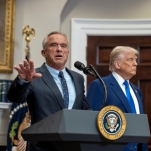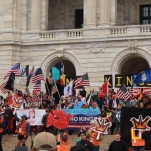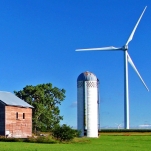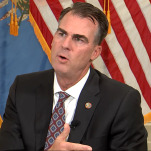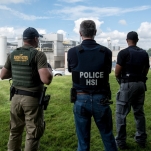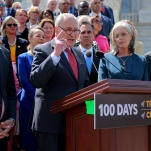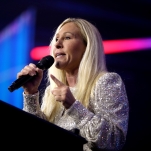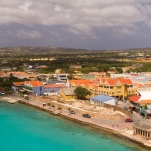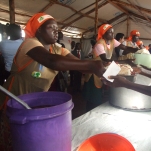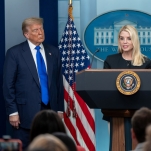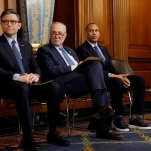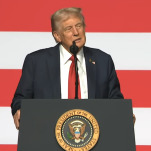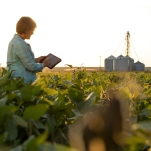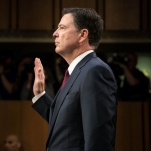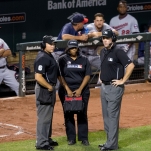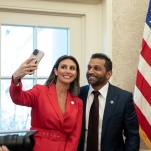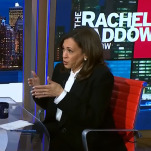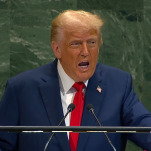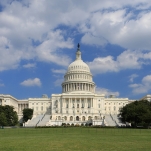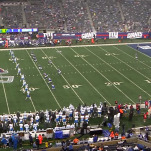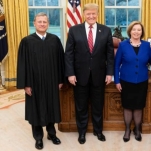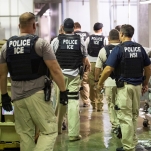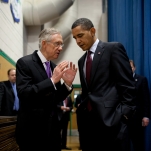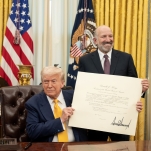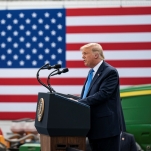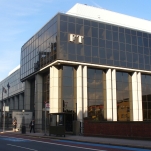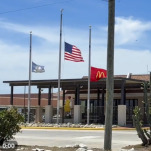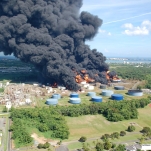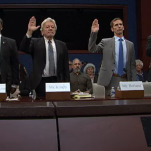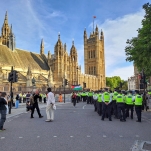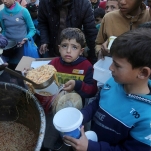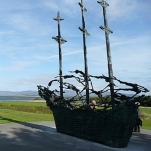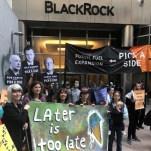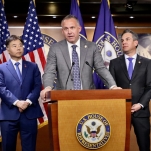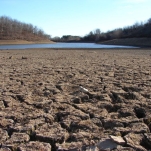The Hurricanes Are Going to Keep Hitting During Election Season
Photo by Mark Wallheiser/Getty Images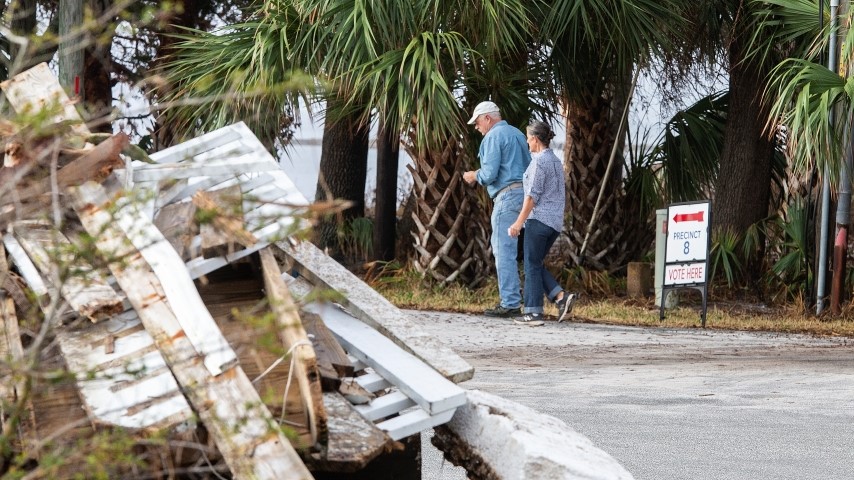
Early voting opened in North Carolina on October 17, three weeks after Hurricane Helene devastated parts of the state. According to state election officials, 76 out of 80 early voting sites opened in the 25 counties hardest hit by the storm. “It might require a generator. It might require a porta-potty, but we are getting those sites open,” Karen Brinson Bell, executive director of the North Carolina State Board of Elections, told reporters before early voting started. In about a week, more than 1.3 million North Carolinians statewide have mailed in their ballots or voted early in-person.
A lot of the credit goes to election officials. In North Carolina, the bipartisan state board unanimously approved emergency measures to facilitate voting for Helene victims, including allowing local election boards to modify polling places, extending ways voters could obtain and return absentee ballots, and giving election officials more options to recruit poll workers. Local election officials, who live and work in disaster zones, needed to assess damage to polling sites and local offices, and had to figure out how to get electricity to polling sites and how to communicate with voters whose phone lines are down.
“You wouldn’t believe the people that’s come through here today that’s said, ‘I don’t have a home,’ but they’re here to vote,” Mary Beth Tipton, the elections director in North Carolina’s Yancey County, north of Asheville, told NPR, about the early vote in her badly wrecked community. “This is one thing that we’re not taking away from them. We’re going to see to it that they do get to vote.”
North Carolina is no stranger to hurricanes, including around elections, but Helene was a reminder that climate change is making these storms more intense and unpredictable. That requires adaptation and resilience – and that includes the political infrastructure of voting systems. America’s election season coincides with an increasingly potent Atlantic hurricane season in a warming world. Hurricane Sandy in 2012, which hit the U.S.’s east coast a week before election day and left election officials scrambling, was a profound wake-up call on the need to protect elections from extreme weather events. There have been election-season hurricanes since, but those are not the only natural-(ish) disasters that threaten people’s ability and access to vote. In the past five years, 26 countries have had elections disrupted by natural hazards, from wildfires to floods to earthquakes.
Despite this looming hellscape, there is a sliver of good news: the practices that experts and election officials already know make voting easier and more accessible also help to climate-proof our elections.
“Can election officials in their conduct of elections, and can state legislators mitigate some of the effects of bad weather on a voter turnout? And the short answer is, of course. We have such things as mail-in and early voting,” said Robert M. Stein, an expert on voting and elections at Rice University.
-

-

-

-

-

-

-

-

-

-

-

-

-

-

-

-

-

-

-

-

-

-

-

-

-

-

-

-

-

-

-

-

-

-

-

-

-

-

-

-

-

-

-

-

-

-

-

-

-

-

-

-

-

-

-

-

-

-

-

-

-

-

-

-

-

-

-

-

-

-

-

-

-

-

-

-

-

-

-

-

-

-

-

-

-

-

-

-

-

-

-

-

-

-

-

-

-

-

-

-

-

-

-

-

-

-

-

-


